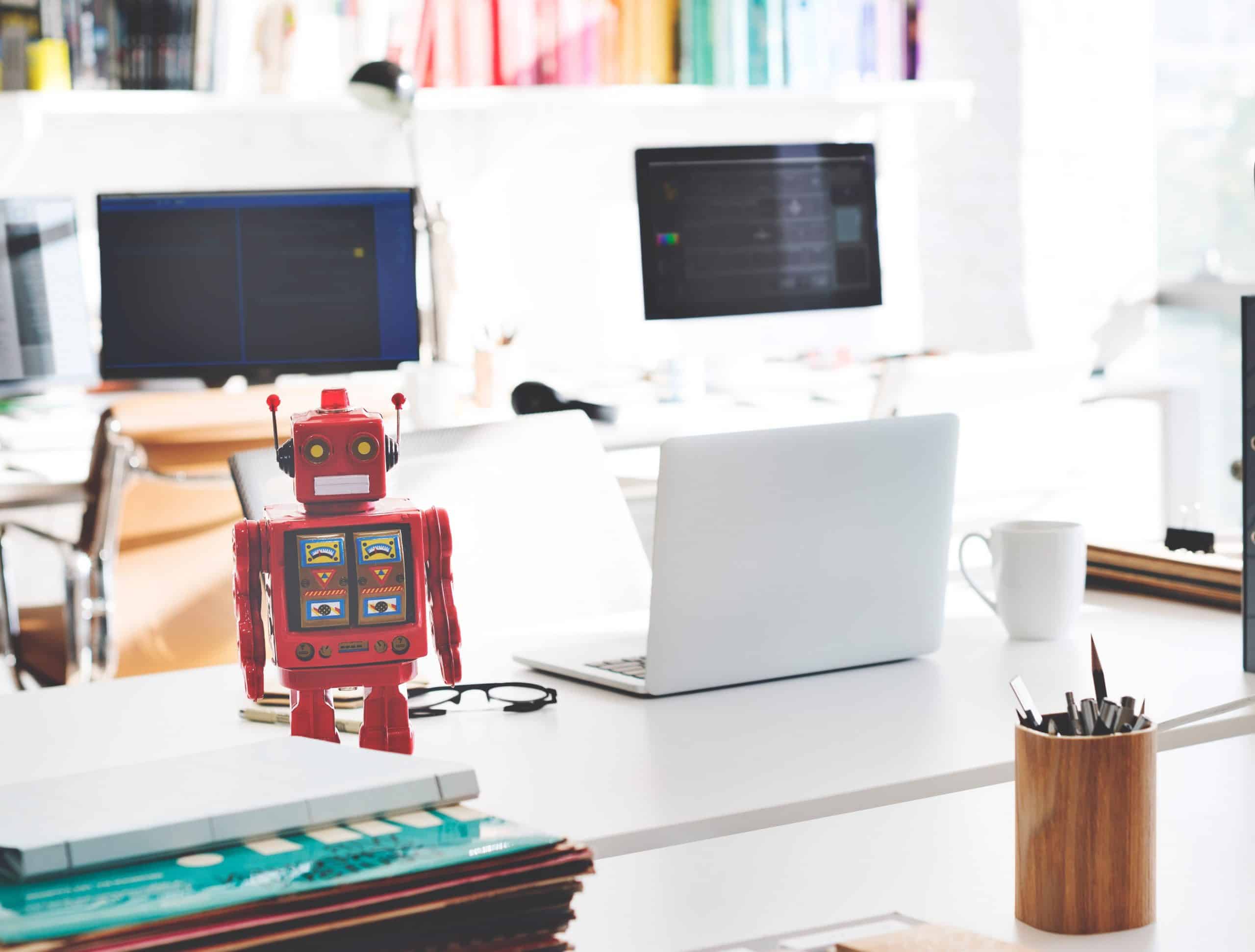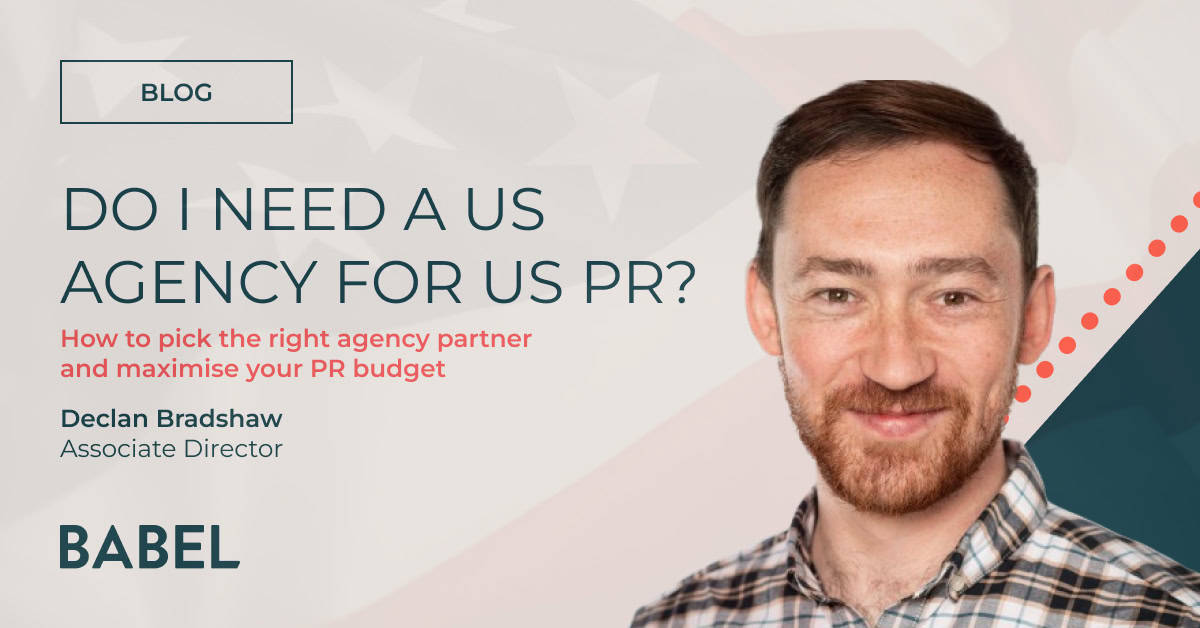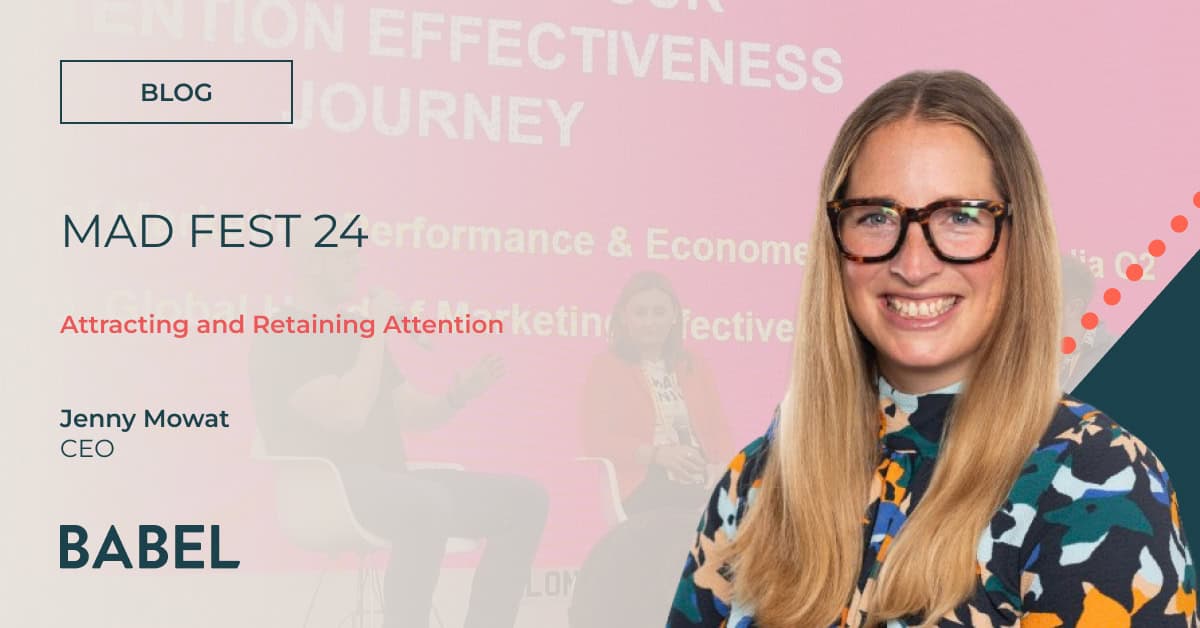
How will AI evolve the PR industry?
Artificial Intelligence – or AI as it’s commonly known – is a popular buzzword in most industries. But recent headlines have cast negative shadows over the technology when it comes to the world of work: Automation to hit most jobs, Replaced by robots: 10 jobs that could be hit hard by the A.I. revolution, and AI could take over 25 percent more jobs in 2020.
For years now, AI has also been the subject of popular film plots, with robots ‘coming to life’ and ‘taking over’. But this scaremongering is born of science fiction. Instead, we should be focusing on the potential AI has to alleviate, to support, and to ‘do good’. So, I’ve decided to take a deeper dive into how the technology can evolve the industry that I work in – the PR sector.
AI or human-controlled robot, or both?
First of all, we need to distinguish AI from human-controlled robots. AI is integrated into software and cloud-based solutions, with the aim of making our lives simpler and driving productivity.
AI can imitate intelligent human behaviour. This behaviour can vary from a repetitive physical motion, to ‘feeling’ an emotion and responding appropriately. ‘Strong’, or ‘true’ AI refers to a machine genuinely able to imitate human reasoning, whereas ‘weak’ or ‘applied’ AI doesn’t act like a human, but is instead inspired by one. Examples of applied AI include Alexa and Siri, our household smart assistants; they are programmed to react to our commands, but do not think for us.
Banks already use machine learning to protect against fraud, applying predictive learnings using algorithms to detect unusual, fraudulent behaviour. Digital maps – such as Google’s – are another example of AI, combining real-time information with pre-set rules to make informed decisions, such as the quickest, toll-free route. Self-driving cars take it a step further, making that decision and acting on it, for you.
AI in PR and communications
But what about the PR and communications industry? According to the CIPR’s May 2018 report, 12% of a public relations practitioner’s total skills (out of 52) could be complemented or replaced by AI today. So how is it going to be used?
Kai-Fu Lee, a technology executive and an AI expert, believes AI’s role is to ‘optimise’, but not ‘create’. In other words, a job reliant on repetitive or routine tasks may possibly be replaced by software or automated machines within the next five to ten years, but creative, social, complex roles – such as a CEO or artist will not.
Lee writes, “AI cannot create, conceptualize, or manage complex strategic planning…AI cannot, unlike humans, feel or interact with empathy and compassion; therefore, it is unlikely that humans would opt for interacting with an apathetic robot for traditional communication services.”
Communications roles – such as those essential to public relations – fall into the creative, social, complex category. At all times, human qualities and sentience are needed to drive creative campaigns and design communications strategies. However, that’s not to say we cannot adopt some AI-inspired tools to assist the more routine and repetitive tasks we do!
AI to support, rather than take over
In PR, artificial intelligence can be used to support the human processes we already have in place, with AI capabilities incorporated into a range of software and applications. My colleague Paul examined how machine learning could be used to streamline every-day tasks, such as building coverage reports and developing targeted new business lists, in his blog last year. So here are some new examples:
Media monitoring – AI can be used to scan the internet and social media for coverage or media opportunities, intelligently analysing and determining the sentiment of each. AI can guide decision making with better insights and predictive analytics; it can ‘read’ and make sense of data faster than any human ever could, spotting patterns and identifying anomalies.
Content distribution – AI can collate information needed to reach the desired audience. So, for the distribution of a press release, AI can be used to update a press list and then send the announcement. AI can accomplish tasks at economies of scale, faster than a human could, freeing up employees’ time for creative thinking, and empowering their decision making.
Result measurement – using prediction technology, AI can tell a PR practitioner if a piece of content is going to be newsworthy based on previous results. AI can predict rising trends (for example in issues management programmes), identify inconsistent messaging, and give communicators a more influential voice based on the results it uncovers.
So, what does the future hold?
We hear the phrase ‘big data’ a lot in our tech industry, and I believe it’s the need to understand and analyse this which will drive AI adoption. In PR and comms, this could be anything from putting together spreadsheets of media contacts, analysing databases of coverage, to identifying new opportunities to engage with our target influencers. We don’t want the data to go unused, but because of its sheer quantity, as humans we’re unable to process it efficiently. AI is therefore an attractive proposition; getting a machine to deduce the value from a set of data, for you. This is likely to see a swathe of new software and tools entering the market for practitioners to use over the coming years.
By embracing AI, we’ll be able to enjoy the benefits of automation and efficiency. We’ll be able to make faster and more informed decisions, focusing more on strategy and creativity to drive results and deliver our clients’ goals more effectively! In the future we may even wonder what we did without AI…
To hear about Babel’s experience in the AI PR space, please contact us.





